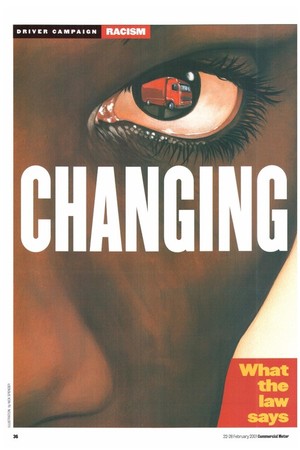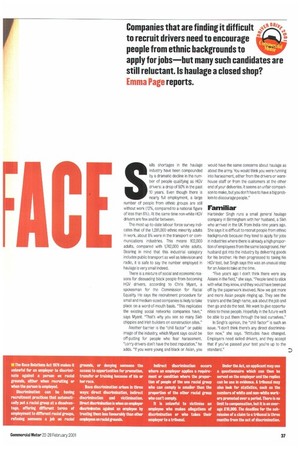What the law says
Page 38

Page 39

If you've noticed an error in this article please click here to report it so we can fix it.
ti The Race Relations Act 1976 makes it unlawful for an employer to discriminate against a person on racial grounds, either when recruiting or when the person is employed.
Discrimination can be having recruitment practices that automatically put a racial group at a disadvantage, offering different terms of employment to different racial groups, refusing someone a job on racial grounds, or denying someone the access to opportunities for promotion, transfer or training because of his or her race.
Race discrimination arises In three ways: direct discrimination, indirect discrimination and victimisation. Direct discrimination is when an employer discriminates against an employee by treating them less favourably than other employees on racial ground& Indirect discrimination occurs where an employer applies a requirement or condition where the proportion of people of the one racial group who can comply is smaller than the proportion of the other racial group who can't comply.
It Is unlawful to victimise an employee who makes allegations of discrimination or who takes their employer to a tribunal. Under the Act, an applicant may use a questionnaire which can then be served on the employer and the replies can be use in evidence. A tribunal may also look for statistics, such as the numbers of white and non-white workers promoted over a period. There is no limit to compensation, but it is on average .C10,000. The deadline for the submission of a claim to a tribunal is three months from the act of discrimination.




































































































